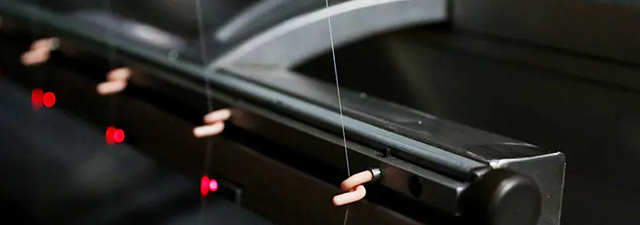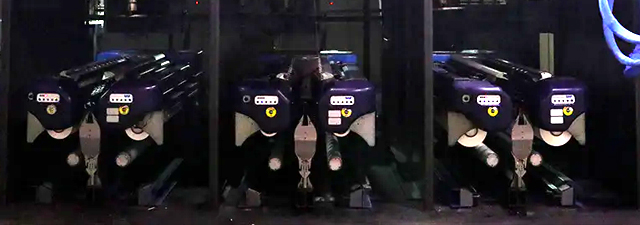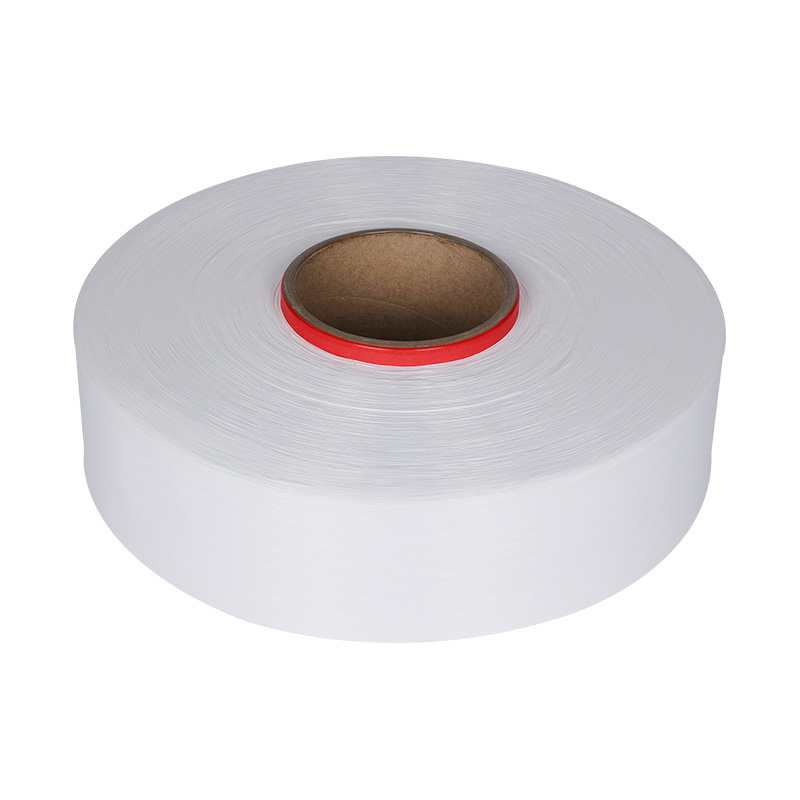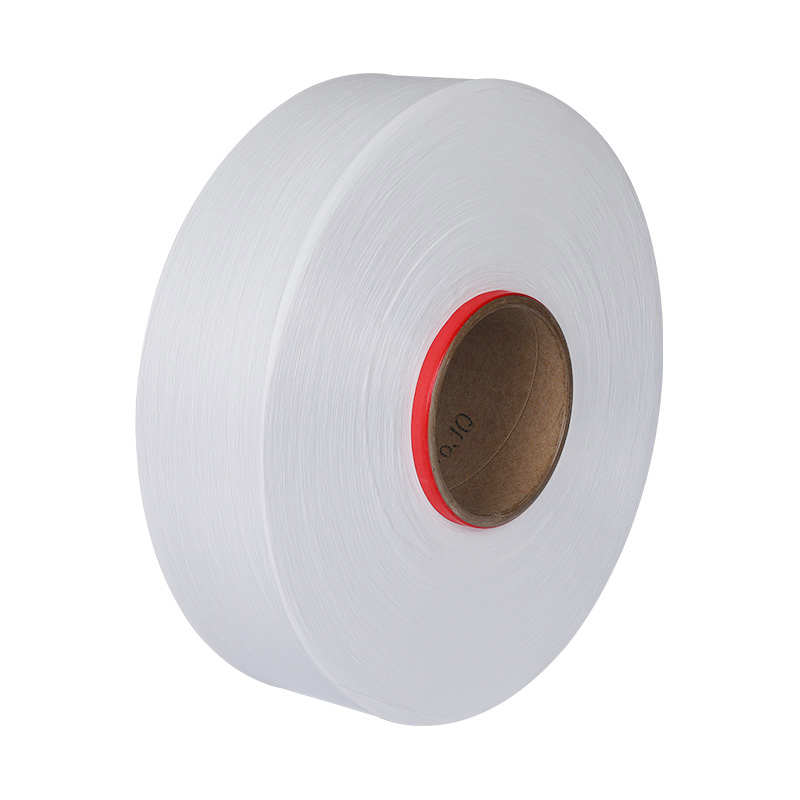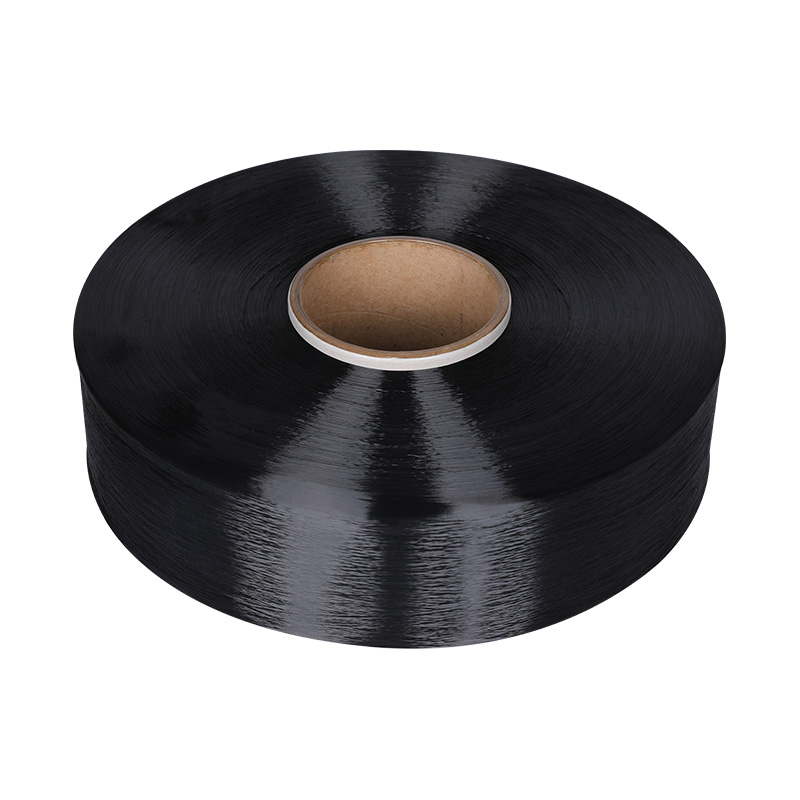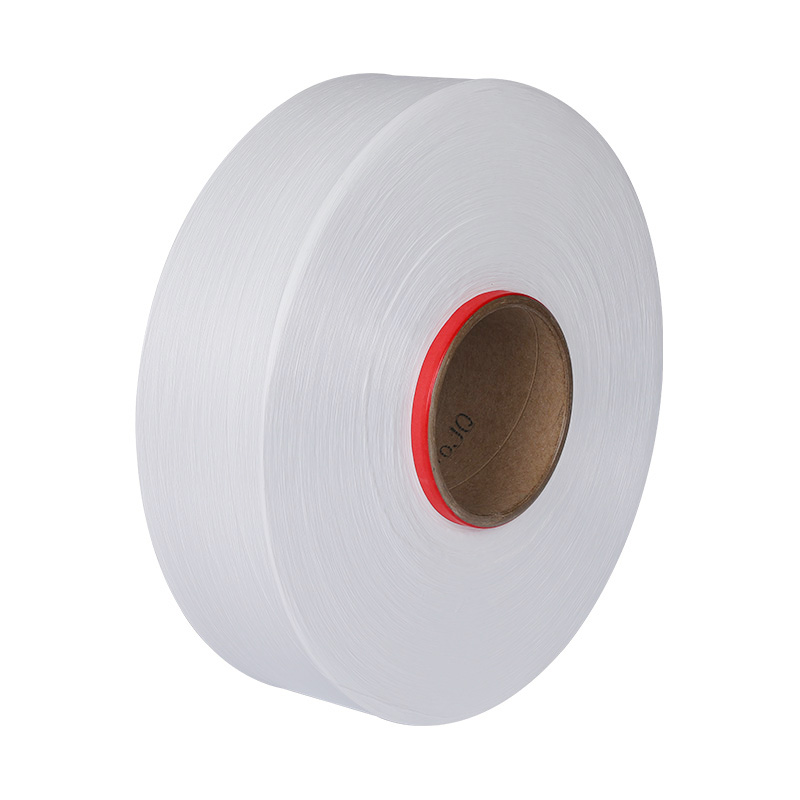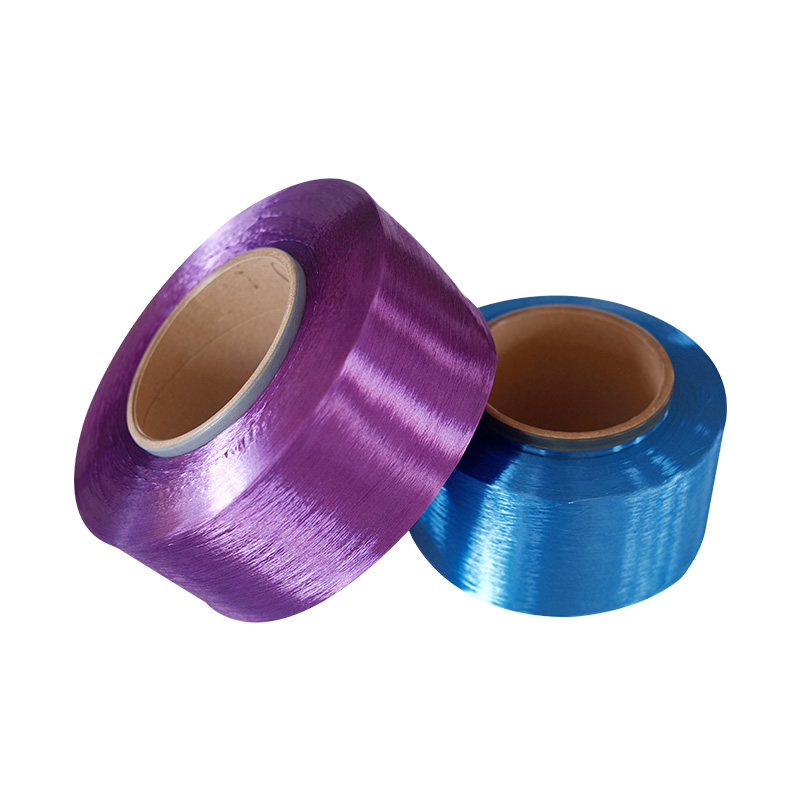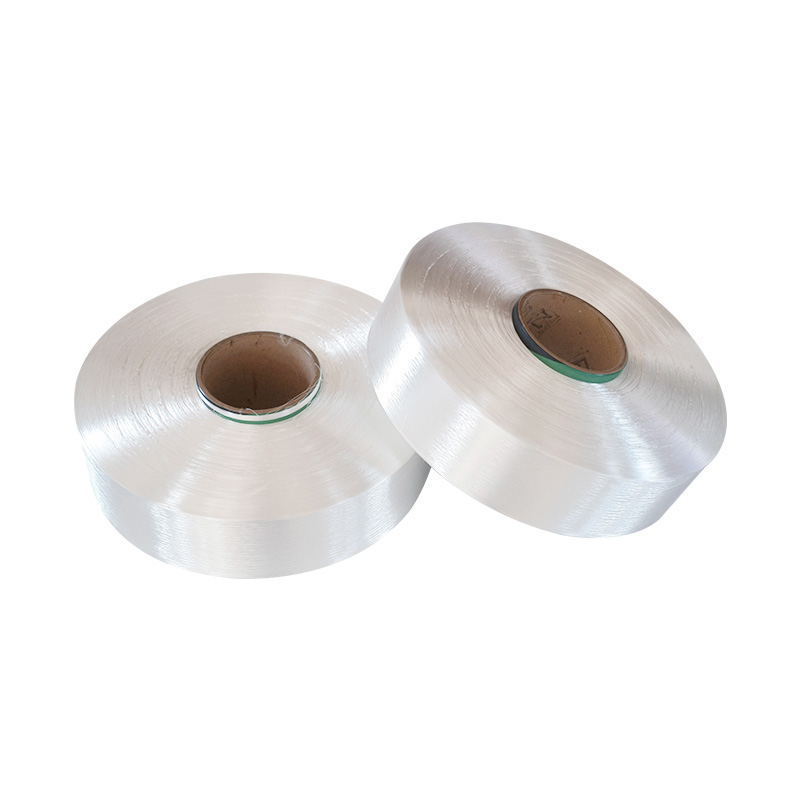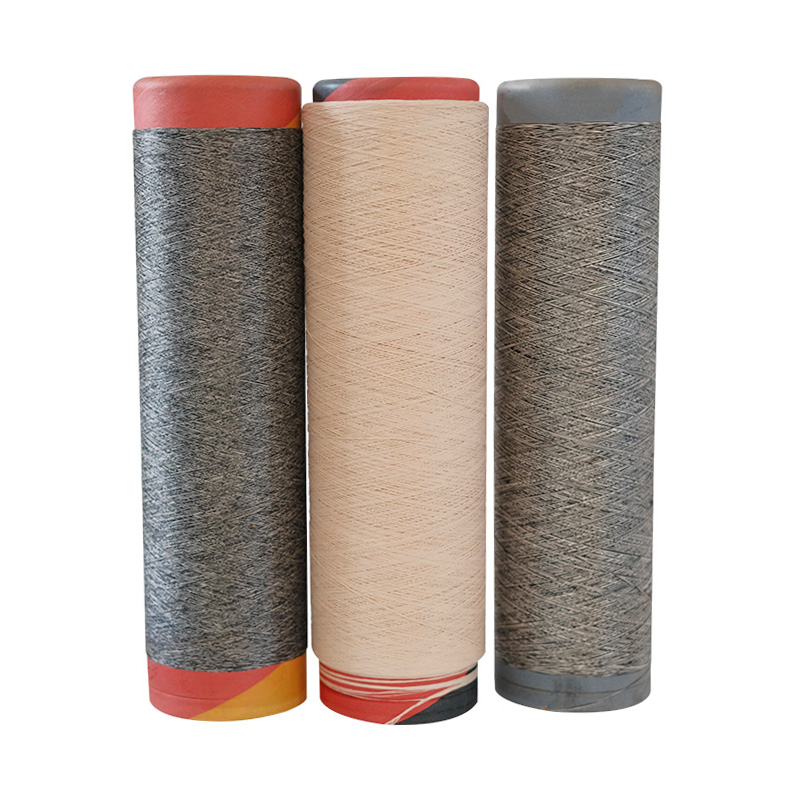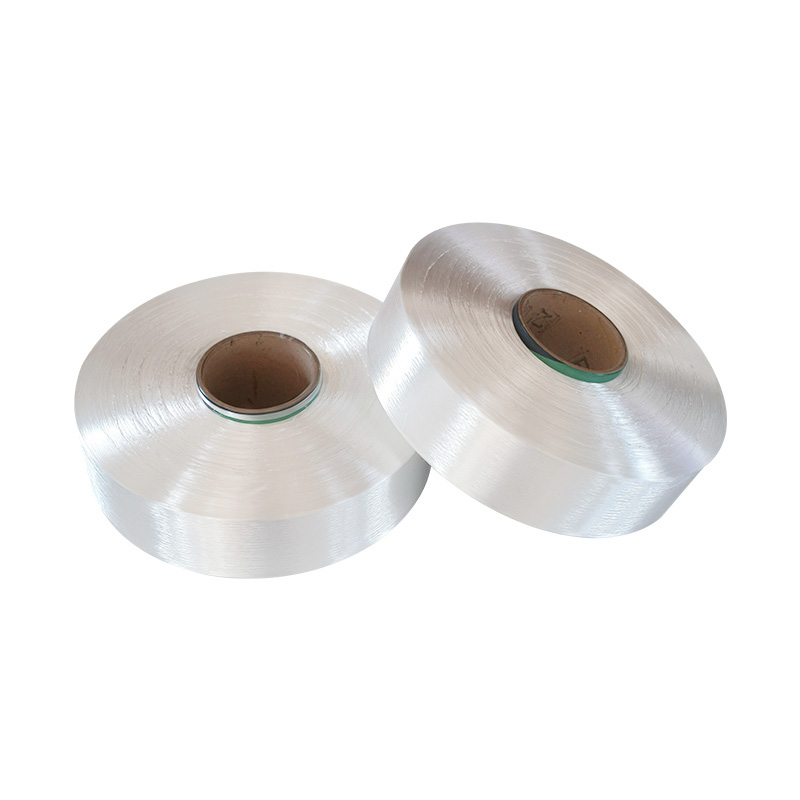I. Introduction
In an era where textile innovation is constantly pushing the boundaries of comfort, performance, and sustainability, the demand for advanced yarns has never been higher. From activewear to home furnishings, consumers and industries alike seek materials that offer more than just basic functionality. This relentless pursuit of improvement has led to the emergence of specialized fibers, among which DTY (Draw Textured Yarn) hollow yarn stands out as a remarkable advancement.
DTY hollow yarn is a synthetic filament yarn characterized by its unique hollow core structure, resembling a microscopic straw. This seemingly simple design modification unlocks a cascade of superior properties that traditional solid yarns cannot match. Its significance in modern textile applications is profound, offering a blend of lightweight comfort, enhanced thermal insulation, and exceptional moisture management. This article will delve into the intricacies of DTY hollow yarn, exploring its fundamental properties, manufacturing processes, diverse applications, and the compelling benefits it brings to the textile landscape, while also peering into its promising future.
II. Understanding DTY Hollow Yarn
To fully appreciate DTY hollow yarn, it's essential to first understand its foundational component: DTY.
A. What is DTY?
Draw Textured Yarn (DTY) is a type of synthetic filament yarn that has undergone a texturizing process. This process involves drawing (stretching) the yarn to increase its strength and then imparting a crimp or twist, typically through a false-twist texturing machine. This texturing gives the yarn bulk, stretch, and a softer, more natural feel, making it suitable for a wide range of apparel and home textile applications. DTY differs significantly from FDY (Fully Drawn Yarn), which is smooth and has no crimp, and POY (Partially Oriented Yarn), which is an intermediate product that requires further processing. The texturizing step is crucial as it transforms a flat, smooth filament into a yarn with enhanced volume and tactile properties.
B. The "Hollow" Aspect
The defining characteristic of DTY hollow yarn is its hollow core. This structure is formed during the extrusion process, where the molten polymer is forced through a specially designed spinneret. Unlike conventional spinnerets that produce solid filaments, those used for hollow fibers have a central pin or a specific orifice shape that creates a void in the center of the filament as it solidifies. Imagine a solid rod versus a drinking straw; the hollow yarn is akin to the straw, containing an empty space within its length. This internal void is not just a structural curiosity; it is the key to the yarn's superior performance attributes.
C. Raw Materials
While DTY hollow yarn can be produced from various synthetic polymers, polyester is the most common raw material. Polyester's inherent strength, durability, and excellent processability make it an ideal candidate for forming stable hollow structures. The specific properties of the polymer, such as its melt viscosity and crystallization behavior, are critical in ensuring the consistent formation and integrity of the hollow core during spinning and subsequent processing. Other synthetics, like polypropylene or nylon, can also be used depending on the desired end-use properties.

III. Unique Properties and Advantages
The hollow structure of DTY yarn confers a suite of unique properties that provide significant advantages over traditional solid fibers.
A. Lightweight
One of the most immediate benefits of DTY hollow yarn is its reduced weight. By removing material from the core, less polymer is required to achieve the same volume or coverage. This translates directly into lighter fabrics and garments, offering enhanced comfort without compromising on warmth or durability. This property is particularly beneficial in apparel, where reduced bulk and weight contribute to greater freedom of movement and a more pleasant wearing experience.
B. Thermal Insulation
The hollow core acts as a natural insulator. Air, being a poor conductor of heat, gets trapped within the hollow spaces of the yarn. This trapped air creates a thermal barrier that effectively minimizes heat loss from the body, providing superior warmth-to-weight ratio compared to solid fibers. This makes DTY hollow yarn an ideal choice for cold-weather garments, insulation layers, and bedding.
C. Moisture Management (Wicking)
DTY hollow yarn excels in moisture management due to capillary action. The internal channels within the hollow fibers, combined with the textured surface, create a network that efficiently draws moisture (like sweat) away from the skin and transports it to the fabric's outer surface. This "wicking" effect helps keep the wearer dry and comfortable, preventing the clammy sensation often associated with less absorbent materials.
D. Quick Drying
Because there is less material to hold moisture within the hollow structure, fabrics made from DTY hollow yarn dry significantly faster than those made from solid fibers. This rapid drying capability is crucial for activewear, outdoor gear, and any application where quick turnaround after washing or exposure to moisture is desired.
E. Softness and Bulkiness
The hollow nature of the filaments, combined with the texturizing process, results in a yarn that feels remarkably soft and possesses enhanced bulk. The hollow spaces contribute to a softer hand feel, while the increased volume without added weight gives fabrics a plush, luxurious drape. This makes DTY hollow yarn highly desirable for applications requiring both comfort and aesthetic appeal.
F. Breathability
While providing excellent insulation, DTY hollow yarn also maintains good breathability. The structure allows for air circulation through the fabric, helping to regulate body temperature and prevent overheating and clamminess, especially during physical activity.
G. Durability and Strength
Despite its hollow construction, DTY hollow yarn retains impressive durability and strength. The polymer's inherent properties and the controlled manufacturing process ensure that the fibers can withstand significant wear and tear, abrasion, and repeated washing without losing their structural integrity or performance characteristics.
IV. Manufacturing Process (Brief Overview)
The production of DTY hollow yarn involves a specialized adaptation of conventional synthetic fiber manufacturing.
A. Extrusion
The process begins with extrusion, where molten polymer is forced through a spinneret. For hollow fibers, the spinneret's design is critical, featuring specific orifice shapes (e.g., concentric rings, or a central pin within the orifice) that create the hollow cross-section as the polymer emerges and cools. This melt spinning process is carefully controlled to ensure the consistent formation of the hollow core.
B. Drawing
After extrusion, the nascent filaments undergo a drawing process. This involves stretching the fibers to several times their original length. Drawing aligns the polymer molecules along the fiber axis, significantly increasing the yarn's tensile strength, elasticity, and overall durability.
C. Texturizing (DTY Process)
The drawn hollow filaments are then subjected to the false-twist texturing process, which is characteristic of DTY production. The yarn is twisted, heat-set, and then untwisted, imparting a permanent crimp. This texturizing step adds the desired bulk, stretch, and softness, transforming the smooth hollow filaments into the final DTY hollow yarn.
D. Quality Control
Throughout the manufacturing process, rigorous quality control measures are implemented. This ensures the consistency of the hollow structure, the uniformity of the yarn count, and the adherence to specified physical properties such as strength, elongation, and crimp rigidity.
V. Key Applications of DTY Hollow Yarn
The unique combination of properties makes DTY hollow yarn exceptionally versatile, finding applications across various textile sectors.
A. Activewear and Sportswear
This is perhaps the most prominent application. DTY hollow yarn is extensively used in thermal base layers, running apparel, cycling jerseys, and other sportswear. Its focus on insulation, wicking, and lightweight properties provides athletes with optimal comfort and performance, helping to regulate body temperature and manage moisture during intense activity.
B. Outdoor and Performance Apparel
For outdoor enthusiasts, DTY hollow yarn is a game-changer. It's found in jackets, mid-layers, hiking pants, and other gear where a high warmth-to-weight ratio and quick-drying capabilities are paramount. It allows for efficient layering without excessive bulk, crucial for comfort and mobility in varying weather conditions.
C. Home Textiles
The softness, bulk, and insulating properties of DTY hollow yarn make it ideal for home textiles. It is used in blankets, duvets, and pillows to provide lightweight warmth and plush comfort. In carpets and upholstery, it contributes to a soft hand feel and increased volume.
D. Industrial Applications
Beyond consumer products, DTY hollow yarn also serves specialized industrial purposes. Its insulating properties can be leveraged in filtration media, and it can be incorporated into various insulation materials where lightweight thermal barriers are required.
E. Fashion and Everyday Wear
While primarily known for performance applications, DTY hollow yarn is increasingly being integrated into mainstream fashion and everyday wear. Sweaters, casual tops, and other garments benefit from its lightweight warmth, softness, and comfortable feel, offering consumers a practical yet stylish option for daily use.
VI. DTY Hollow Yarn in Comparison

Understanding DTY hollow yarn's advantages is further clarified by comparing it to other common textile fibers.
A. Vs. Solid DTY
When compared to conventional solid DTY, the hollow variant offers superior thermal insulation due to trapped air, a lighter weight for the same bulk, and often a softer, more voluminous hand feel. While solid DTY is excellent for general purposes, hollow DTY excels where insulation and weight reduction are critical.
B. Vs. Natural Fibers (e.g., Wool, Cotton)
Against natural fibers like wool and cotton, DTY hollow yarn (and synthetics in general) typically boasts superior moisture management and quicker drying times. While wool offers natural insulation, synthetics can often achieve comparable warmth at a lower weight and are less prone to absorbing and holding water. Cotton, known for its breathability, lacks the insulating and quick-drying properties of hollow synthetics, often becoming heavy and cold when wet. The choice between synthetic and natural fibers often involves a debate between performance characteristics and environmental considerations, with DTY hollow yarn offering a compelling synthetic solution for high-performance needs.
VII. Future Trends and Innovations
The journey of DTY hollow yarn is far from over, with ongoing research and development promising even more advanced iterations.
A. Sustainability
A significant trend is the increasing focus on sustainability. Manufacturers are exploring and implementing the use of recycled polyester as the raw material for DTY hollow yarn, reducing reliance on virgin resources. Furthermore, efforts are being made to develop more eco-friendly manufacturing processes, minimizing energy consumption and waste generation.
B. Smart Textiles
The future may see DTY hollow yarn integrated into smart textiles. By incorporating conductive materials or other functional additives, these yarns could become components of garments capable of monitoring vital signs, providing localized heating, or interacting with electronic devices.
C. Advanced Structures
Innovation in spinneret design is leading to more advanced hollow structures, such as multi-channel hollow fibers or those with unique cross-sections (e.g., trilobal hollow fibers). These advancements aim to further enhance properties like wicking, insulation, and softness.
D. Expanding Applications
As the benefits of DTY hollow yarn become more widely recognized, its applications are expected to expand into new niches and markets, including specialized industrial textiles, medical textiles, and even automotive interiors, where lightweight insulation and comfort are valued.
VIII. Conclusion
DTY hollow yarn represents a significant leap forward in textile engineering. Its ingenious hollow core design, combined with the advantages of the DTY process, delivers an unparalleled combination of lightweight comfort, superior thermal insulation, and efficient moisture management. From the demanding world of activewear to the cozy confines of home textiles, its unique properties are meeting and exceeding consumer demands for performance, comfort, and versatility.
As the textile industry continues to evolve, driven by consumer expectations and environmental consciousness, DTY hollow yarn is poised to play an increasingly vital role. With ongoing innovations in sustainable production and the potential for integration into smart textile systems, DTY hollow yarn is not just a material of the present but a key component in shaping the future of high-performance and comfortable fabrics. Its continued development promises even more exciting possibilities for the garments and textiles of tomorrow.
 +86-0571-82795522
+86-0571-82795522 
 LANGUAGE
LANGUAGE 
 English
English
